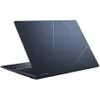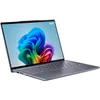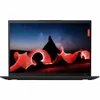The results are in: Asus' new AMD Ryzen AI 300-series laptops rip through performance benchmarks
AMD's Ryzen AI 300-series processors come out swinging in new Asus laptops
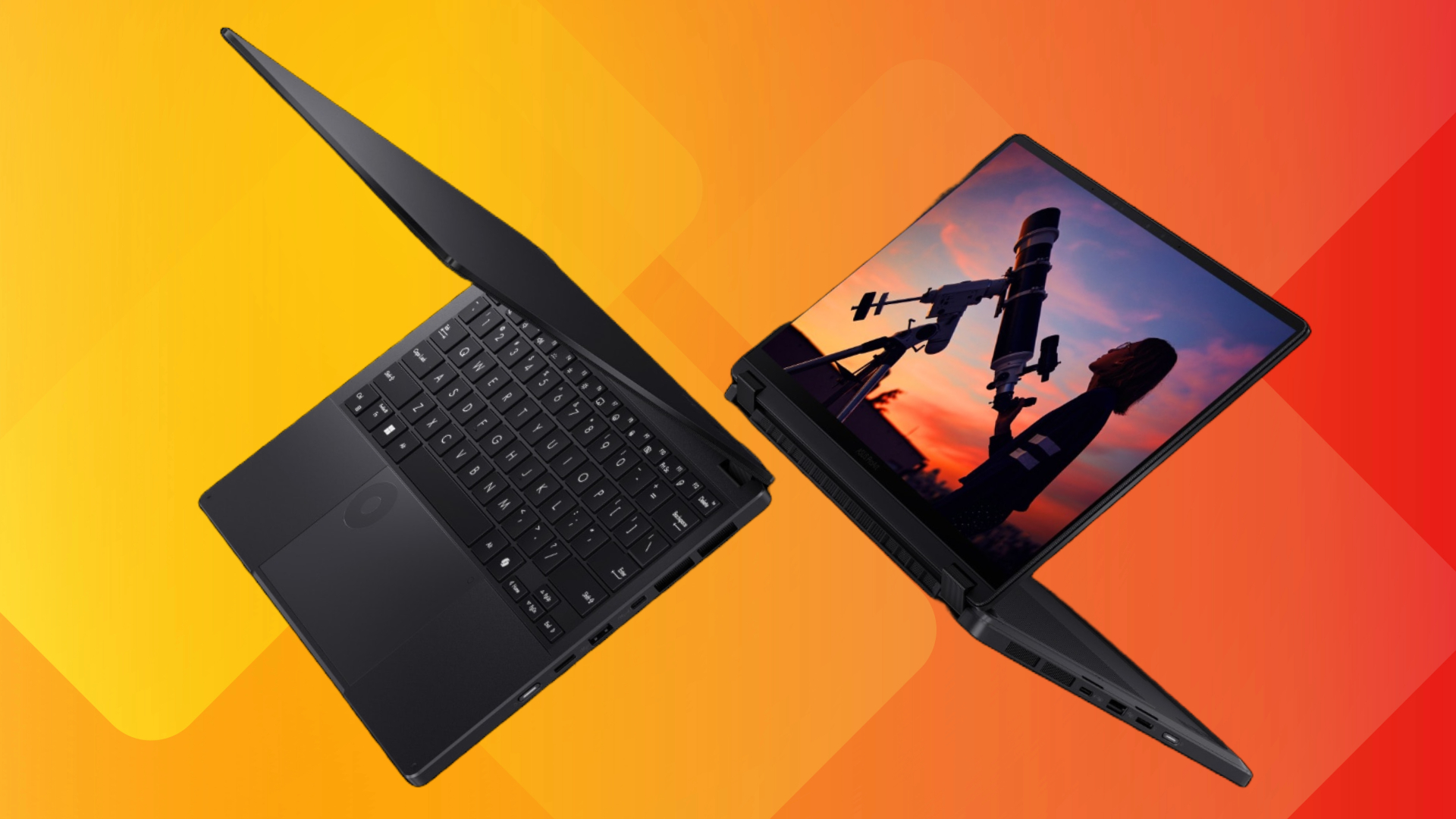
On Sunday, Asus launched three new laptops featuring AMD's Ryzen AI 300-series processors, the latest entries in a growing list of competitors in the AI PC market.
The Asus ProArt P16, ProArt PX13, and Zenbook S16 are now available starting at $1,399. They join a line-up of over a dozen AI-powered laptops launched this year, many of which are Copilot+ PCs featuring Qualcomm's Snapdragon X Elite and Snapdragon X Plus chipsets.
If you're in the market for a new laptop, particularly one with AI capabilities, you're probably wondering how these new Ryzen AI-powered laptops compare to Qualcomm's offerings. Laptop Mag ran our thorough benchmark tests on two of the new Asus laptops to see how they measure up.
Here's an in-depth look at the first round of benchmark results for the Asus Zenbook S16 and ProArt PX13, and an overview of how they compare to Snapdragon-powered laptops.
First Ryzen AI 9 HX 370 benchmark results
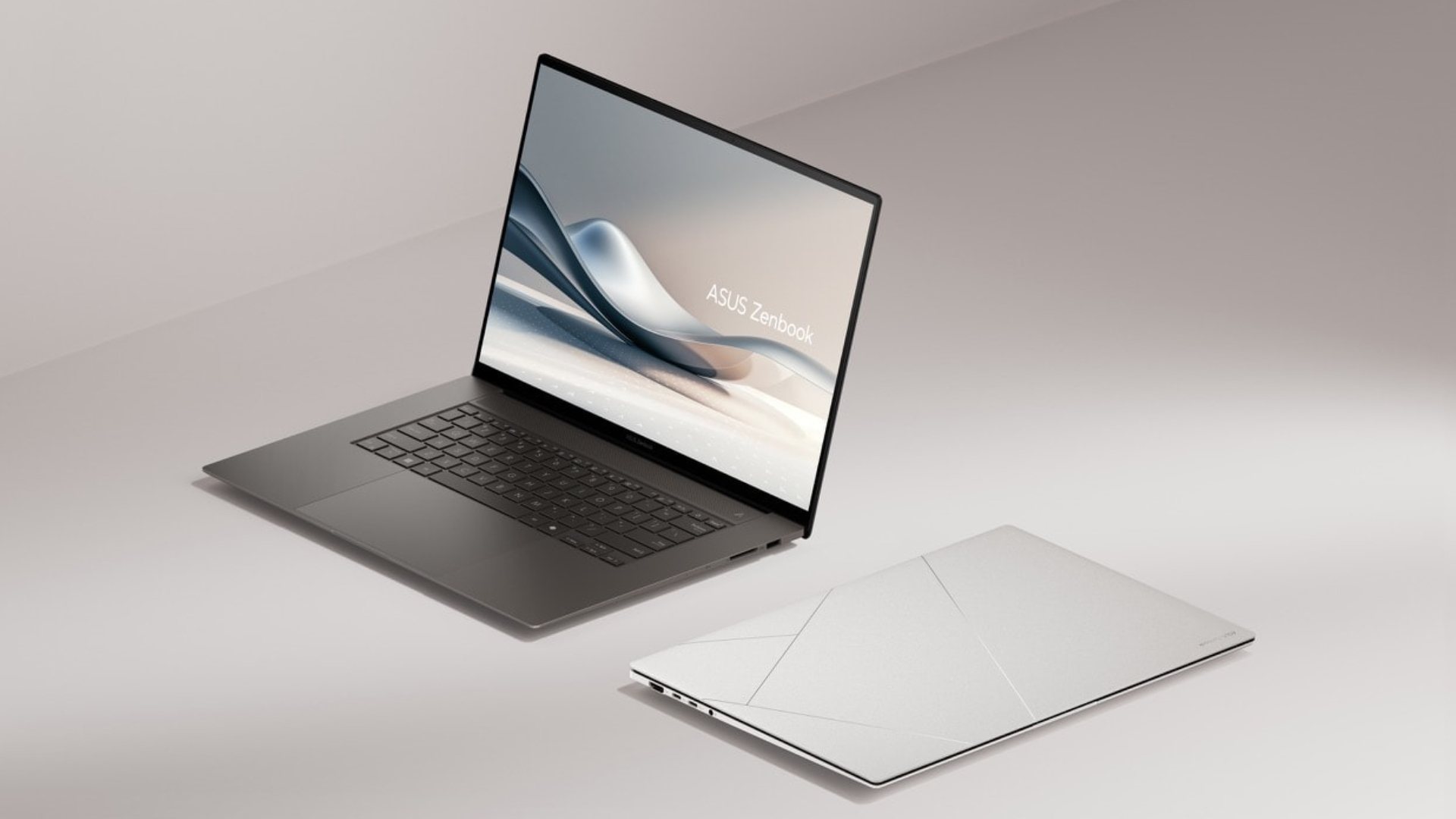
On July 28, Asus officially launched three new AI-powered laptops featuring AMD Ryzen AI 300-series processors:
- Asus ProArt P16: starting at $1,899.99
- Asus ProArt PX13: starting at $1,699.99
- Asus Zenbook S16: starting at $1,399.99
Each model is available with the AMD Ryzen 9 HX 370 CPU. These are the first laptops to launch with this chip, so we're finally getting a look at how it performs in hands-on testing.
Laptop Mag will be publishing full reviews on these laptops soon, but our first round of benchmark results already paints an interesting picture of how their performance measures up.
Stay in the know with Laptop Mag
Get our in-depth reviews, helpful tips, great deals, and the biggest news stories delivered to your inbox.
| Laptop | Geekbench 6 (single-core) | Geekbench 6 (multi-core) | HandBrake time |
|---|---|---|---|
| Asus Zenbook S16 | 2765 | 13282 | 5:09 |
| Asus ProArt PX13 | 2847 | 15203 | 3:36 |
Right out of the gate, the ProArt PX13 is the frontrunner across the board. It outscored the Zenbook S16 by 82 points in the Geekbench 6 single-core test and 1,921 points in the Geekbench 6 multi-core test. The ProArt PX13 also completed the HandBrake video transcoding benchmark in less than four minutes while the Zenbook S16 took over five minutes.
It's worth noting that our review configurations for both laptops are fairly similar, but not exactly alike. Both include the AMD Ryzen AI 9 HX 370 CPU, 32GB of RAM, and 1TB of storage. However, there is one major spec difference: graphics.
Our review configuration of the ProArt PX13 includes an NVIDIA RTX 4050 laptop GPU. In comparison, the Zenbook S16 does not have a dedicated GPU, relying instead on AMD Radeon 890M integrated graphics. Both laptops' overall performance scores are solid, but the ProArt PX13's lead widens even more when we take graphics performance into account:
| Laptop | Shadow of the Tomb Raider (1080p) | Sid Meier's Civilization VI: Gathering Storm (1080p) |
|---|---|---|
| Asus Zenbook S16 | 27 fps | 63.2 fps |
| Asus ProArt PX13 | 72 fps | 115.7 fps |
Based on our gaming benchmarks, the inclusion of a dedicated GPU in the ProArt PX13 clearly makes a significant difference. It averaged 45 fps higher than the Zenbook S16 in Shadow of the Tomb Raider and nearly doubled the Zenbook's score in Sid Meier's Civilization VI: Gathering Storm.
Notably, the Zenbook S16 does not currently have a configuration available with a dedicated GPU. So, if you plan to use your laptop for gaming or other graphics-intensive tasks, you would be better served with the ProArt PX13.
Of course, the ProArt PX13 has a higher starting price, but the dedicated GPU is included in the base configuration. So, the $300 price difference between the base ProArt PX13 and the base Zenbook S16 could be worth it depending on how you plan to use your laptop.
AMD Ryzen AI 300-series CPUs vs. Qualcomm Snapdragon X Elite

Arguably the biggest question surrounding Asus's new Ryzen-powered AI laptops is how they compare to Snapdragon-powered competitors. Laptop Mag's lab testing team ran some AI-focused benchmark tests on the new Asus laptops as well as the first several Copilot+ PCs. The results may reveal whether AMD or Qualcomm has the better chip for AI tasks:
| Laptop | Processor | Geekbench ML CPU | Geekbench ML GPU |
|---|---|---|---|
| Asus Zenbook S16 | AMD Ryzen AI 9 HX 370 | 3377 | 6075 |
| Asus ProArt PX13 | AMD Ryzen AI 9 HX 370 | 3587 | 10914 (NVIDIA RTX 4050) / 6819 (integrated Radeon graphics) |
| Samsung Galaxy Book4 Edge | Qualcomm Snapdragon X Elite X1E-84-100 | 3027 | 2608 |
| Microsoft Surface Laptop 7 (15-inch) | Qualcomm Snapdragon X Elite X1E-80-100 | 2982 | 2197 |
| Lenovo Yoga Slim 7x | Qualcomm Snapdragon X Elite X1E-78-100 | 2903 | 2303 |
These results show significantly stronger AI performance from AMD's Ryzen AI 9 HX 370 chip compared to all three versions of Qualcomm's Snapdragon X Elite chip. The Asus ProArt PX13 is the frontrunner across the board. It has a clear advantage on the graphics test due to its dedicated NVIDIA graphics, but it still scored higher on the Geekbench ML GPU test when Laptop Mag's lab testing team ran the test with integrated graphics instead. Keep in mind, of course, that this tests the CPU and not the NPU.
The Samsung Galaxy Book4 Edge, powered by a Snapdragon X Elite X1E-84-100, comes fairly close to the Asus Zenbook S16 in the Geekbench ML CPU test but falls far behind in the GPU test with a gap of 3,467 points. Unsurprisingly, the less powerful versions of the Snapdragon X Elite fell even further behind across the board.
This is bad news for Qualcomm and good news for AMD since, at least based on these benchmark results, the AMD Ryzen AI 9 HX 370 offers far stronger AI performance. If you're specifically looking for a laptop capable of running on-device AI tasks, such as local image generation, you may be better served with one of Asus's new Ryzen-powered laptops rather than a Qualcomm-powered Copilot+ PC.
Laptop Mag's reviews of the Asus Zenbook S16 and ProArt PX13 are coming soon, so stay tuned for our full analyses.
More from Laptop Mag
- Copilot+ PCs: Release date, reviews, price — and what Reddit thinks
- AMD's Strix Point CPUs get a rebrand and 50 TOPS of NPU performance
- Apple Intelligence will miss important iOS 18, macOS Sequoia release date (report)

Stevie Bonifield is a freelance tech journalist who has written for PC Gamer, Tom's Guide, and Laptop Mag on everything from gaming to smartwatches. Outside of writing, Stevie loves indie games, TTRPGs, and building way too many custom keyboards.

